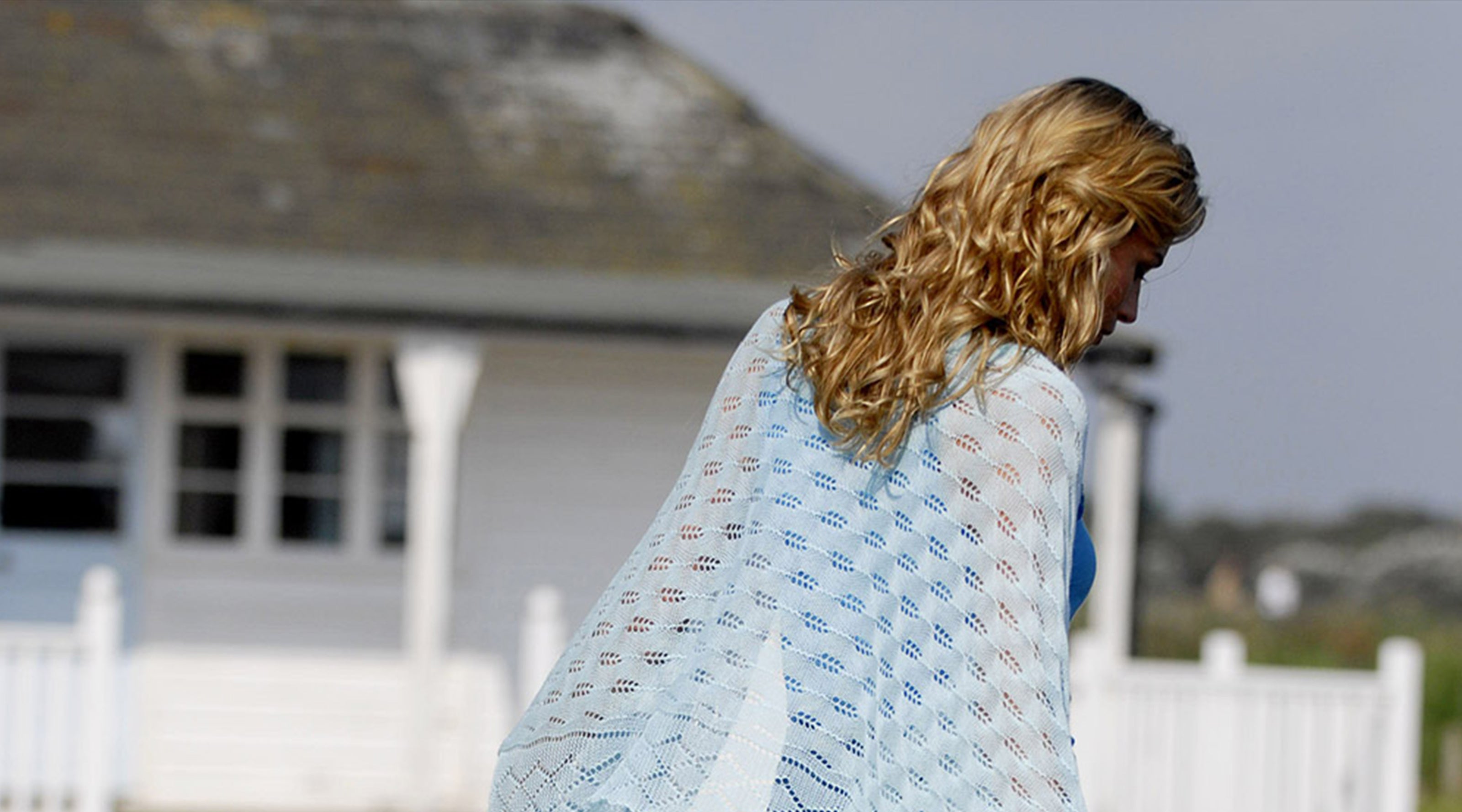
G.H.Hurt & Son Feature in July's edition of Knitting International
Charlotte Rogers reports in the July edition of Knitting International:
Knitting International
Established in 1912 in Nottingham, UK, G.H.Hurt & Son is a family owned specialist manufacturer of gossamer knitted shawls, scarves and stoles in the Shetland lace style.
“We produce luxury, specialist products. Finding our niche is how we have managed to survive in England,” says managing director Henry Hurt, grandson of the company’s founder and namesake George Henry Hurt.
One of the six founding companies of Nottingham's lace shawl industry, G.H.Hurt & Son is now its sole survivor. Production began on handframes based on the 1589 design of Nottinghamshire’s Reverend William Lee. Despite being engineered for stocking production, knitters at G.H.Hurt & Son adapted the handframe to create unique lace designs.
“We have been innovating with machinery since we started producing Shetand lace on the first handframe,” Mr Hurt says. “We took a fully fashioned machine and converted it to our customised needs, so that we can offer a different pattern or design.”

Last used commercially in 1986, the 200-300 year old handframes were replaced with flat knitting machines in 1968. The knitters mainly work with cashmere yam, as well as wool, cotton and mohair/silk blends.
Manufacturing still takes place at the original site, a converted seed warehouse in Chilwell, Nottingham, built in 1781.
With the exception of dyeing, all operations are carried out in-house.
“The advantage of manufacturing in the UK is the speed of turnaround, flexibility and ability to do short runs, which is especially important in the current financial climate,” Mr Hurt says. “People want a change in style each season, combined with quick delivery.”
G.H.Hurt & Son currently employs 15 people, a small unit Mr Hurt believes gives the business its flexibility. “Each employee brings a mixture of skills - they are knitters, as well as-mechanics, technicians and designers.
“We are different. People may want to produce quickly, but we add a little extra and take more time, not to compete, bur to make products which are desirable,” explains Mr Hurt.
“We want to make Our customers say 'wow’.”
As has always been the case, the company exports 50% of its products to high end international retailers worldwide.
From 1912 to 1975, G.H.Hurt & Son supplied British fashion brand Jaeger with fine lacy mohair scarves to accompany its collections. Professor Jaegers Hygiene Wool Company was the first customer to buy directly from the manufacturer.
In the 1980s and 1990s, G.H.Hurt & Son was the main supplier of cotton and wool lace knitted squares to UK high street retailer Laura Ashley. “We would produce in bulk, for orders of 10,000 per colour. We had to buy machinery to keep up with the orders.
“Now we take a different approach. Our basic theme is lace hand knitting patterns, but we try to keep exclusive designs for customers, as well as run some standard products for the online market,” explains Mr Hurt.
“We also have regular customers for whom we stock certain lines, which we can produce quickly. In addition we supply high end international mail order catalogues and manufacture customised pieces.”
Looking ahead, G.H.Hurt & Son intends to continue manufacturing its range? of shawls, scarves and stoles, although the designs will evolve according to current trends. “We respond to customers’ needs. A designer may want something specific and initially we might say no, then go away and achieve it, surprising them and ourselves.”
Mr Hurt attributes the company’s near century of success to the fact that, as a family business, it has been able to survive during challenging times. “If we had been owned by a large parent company, G.H.Hurt & Son could have dosed six times from 1912. But as a family business we have the flexibility to retract or expand accordingly.”
Aside from opportunities in the international export market, G.H.Hurt & Son plans to target domestic sales. “With the Royal Wedding and the Olympic Games people are coming to London, visiting the best shops and they might be tempted to buy a lace shawl.”









